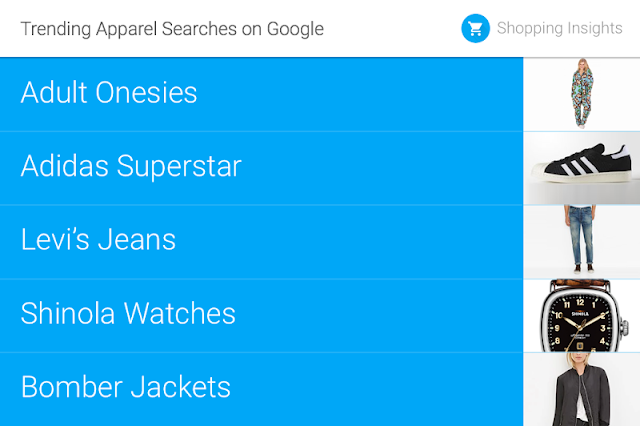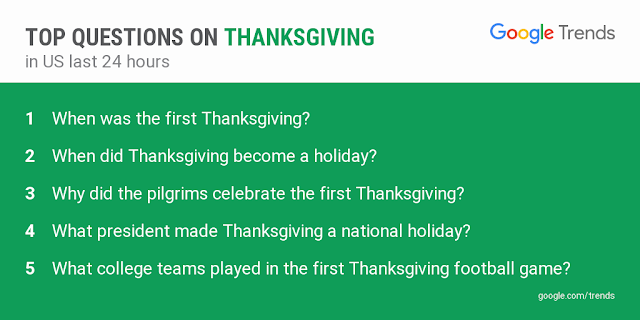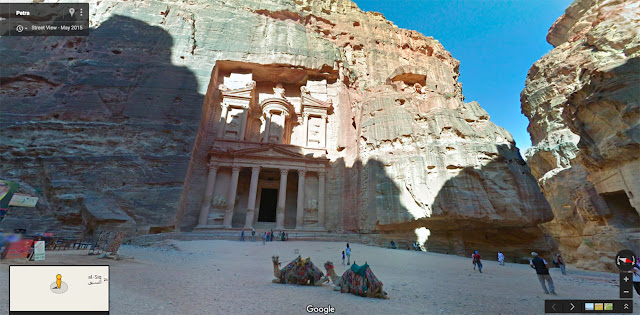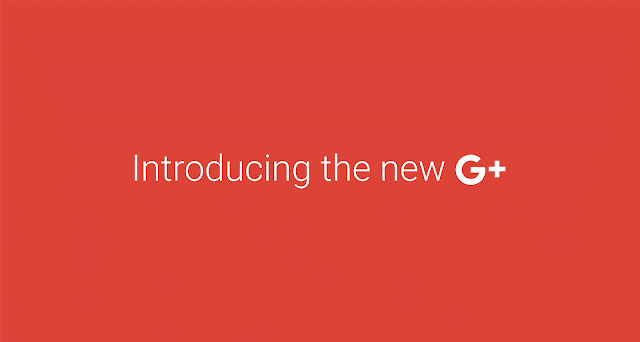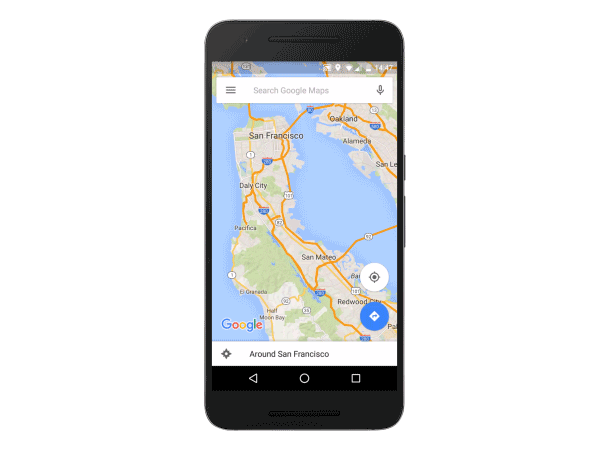And now you can join them. In a new virtual exhibition from the Google Cultural Institute and more than 60 performing arts organizations, you can experience dance, drama, music and opera alongside some of the world’s leading performers—onstage, backstage and with a 360 degree-view of the action.
The new Performing Arts exhibition gives you a view that’s even closer than the best seat in the house. With 360-degree performance recordings, you you can choose a dancer’s-eye view of the crowd, or look down from the stage into the orchestra pit. At the Paris Opera, you can stand in the middle of the largest stage in Europe, surrounded by dancers performing choreographer Benjamin Millepied’s moves. Sit between the woodwinds and strings at Carnegie Hall with a full view of Maestro Nézet-Séguin. Don’t worry if you’re underdressed as you tour the Berliner Philharmoniker’s rehearsal performance of Beethoven’s Symphony No. 9 with conductor Sir Simon Rattle—you’ll see the orchestra is not in black tie either.
Beyond the performance itself, new indoor Street View imagery gives you an all-access backstage pass to each venue. Wander through the wig workshop at Brussels’ opera house, look beneath the stage at the historic underground arches of the Fundação Teatro Municipal in São Paulo, or zoom in on ultra-high resolution Gigapixel costume images at France’s National Centre for Stage Costume, before browsing more than a hundred interactive stories about the shows, the stars and the world behind the scenes. If you’re lucky enough to be planning an in-person visit to one of these venues, you can be tour them in Street View first to see where you’ll be sitting, or how the view is from the balcony.
The Google Cultural Institute was founded in 2011 to bring the world’s treasures to anyone with an Internet connection. Starting in partnership with a handful of renowned museums, we’ve since joined forces with 900+ institutions to include historic archives, street art, and 200 wonders of the world. Now you can also visit dozens of the world’s stages together in one place—across mobile, tablet and desktop at g.co/performingarts and on the Google Cultural Institute website.
Curtain-up, and let Performing Arts take the stage!

